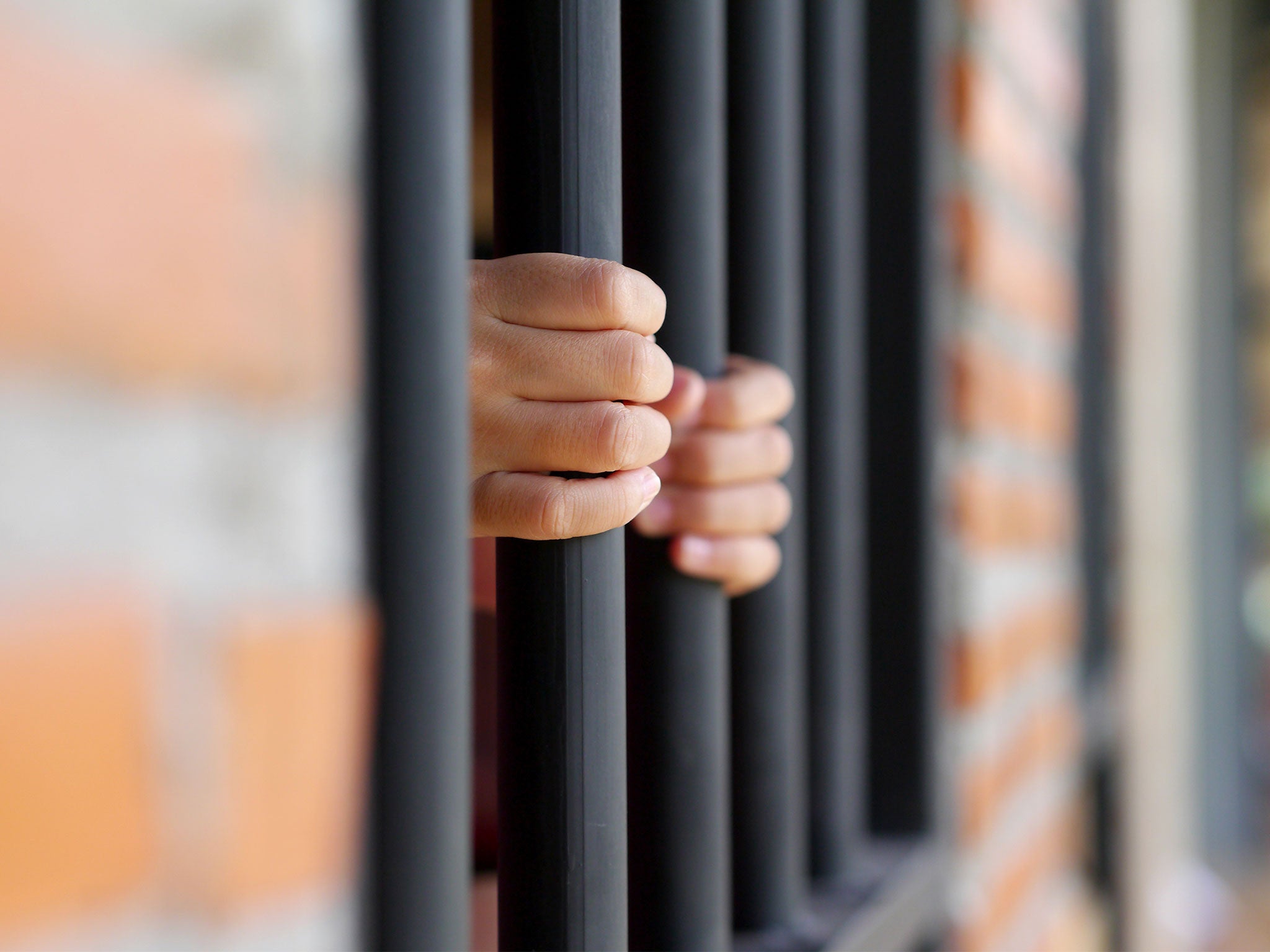Nature videos seem to make maximum security prisoners less violent
'The response was amazing because sometimes all it took was 15 to 20 minutes in the nature imagery area to calm them down,' guard says

Your support helps us to tell the story
From reproductive rights to climate change to Big Tech, The Independent is on the ground when the story is developing. Whether it's investigating the financials of Elon Musk's pro-Trump PAC or producing our latest documentary, 'The A Word', which shines a light on the American women fighting for reproductive rights, we know how important it is to parse out the facts from the messaging.
At such a critical moment in US history, we need reporters on the ground. Your donation allows us to keep sending journalists to speak to both sides of the story.
The Independent is trusted by Americans across the entire political spectrum. And unlike many other quality news outlets, we choose not to lock Americans out of our reporting and analysis with paywalls. We believe quality journalism should be available to everyone, paid for by those who can afford it.
Your support makes all the difference.Showing videos of forests, mountains and other natural scenes to inmates of a maximum security wing of a US prison appeared to make them less prone to violence, according to a new study.
Guards even reported being able to use the films to calm prisoners down when they showed signs of becoming agitated, with one officer describing the effect as “amazing”.
Previous research has suggested that humans may be hard-wired to feel at peace in the countryside. In 2013, a study found rural images activated part of the brain associated with being in a calm, meditative state, while urban pictures were dealt with by an area associated with processing complex issues.
Some studies have found that planting trees can even reduce the level of crime in an area.
The prisoners involved in the ‘Nature Imagery in Prisons Project’ were kept in distinctly unnatural conditions in the Intensive Management Unit (IMU) at Snake River Correctional Institution in Salem, Oregon.
They lived in concrete cells that were 12ft long and 7ft wide for up to 23 hours a day and were constantly monitored. Each cell had a bed, a toilet, a metal door and a window onto the inner area of the wing.
Four to five times a week each inmate was allowed into an outdoor exercise yard for an hour where he was “able to view the sky but has no other access to nature”.
The videos, which included scenes of the ocean, forests, rivers, jungles, aquarium scenes, a burning fireplace, the Earth viewed from space and cloud fly-throughs, were played to inmates in the exercise yard and the effect was compared to other prisoners who were not shown the films.
Clinical psychotherapist Dr Patricia Hasbach, who presented the research at the American Psychological Association’s annual convention, said: “We need nature for our physical and psychological well-being. Although direct contact with real nature is most effective, studies have shown that even indirect nature exposure can provide temporary relief from psychological stress in daily life.
“Inmate surveys and case study interviews with inmates suggested that negative emotions and behaviours such as aggression, distress, irritability and nervousness were reduced following the viewing of videos and lasted for several hours post-viewing.
“We found that inmates who watched the nature videos committed 26 per cent fewer violent infractions. This is equivalent to 13 fewer violent incidents over the year, a substantial reduction in real world conditions, since nearly all such events result in injuries to inmates or officers.”
The researchers quoted an inmate who told them how watching the videos made him want to go to the place depicted.
“I thought what I would do if I could, I wonder if there are bears in the mountains, what would I do if I were out of here," he said.
"I tell my kids, ‘We’re going camping when I get out of here’. It makes me think about my stuff.”
Another said that being given the chance to watch the videos when he became stressed “showed the [prison] officers care”.
The guards said that they would watch for the first signs of potential trouble, such as pacing or rocking, and use the videos to calm the prisoner down.
“The response was amazing because sometimes all it took was 15 to 20 minutes in the nature imagery area to calm them down and get them back on task,” a prison officer said.
All six staff reported less violent behaviour, fewer incidents of forced extractions and fewer angry outbursts by inmates.
However the researchers admitted there were some limitations to the study.
“First, because inmates were deprived of social stimulation, the presence of outside researchers (mostly female) could have influenced them to provide biased information,” the wrote in a presentation given to the convention.
“Second, we observed a reduction (10 to 20 per cent) in the number of inmates electing to watch videos over the year-long course of the project.
“One reason for this decline may have been due to the intervention acquiring a possible mental health-related stigma. Alternatively, they may have simply had exhausted the video library and new videos were desired.”
However they said the study indicated there was evidence that “nature imagery in the form of nature videos offers a relief from the harsh environment of IMU for inmates”.
“It also indicated that corrections officers and professional staff associated with the IMU population viewed the nature imagery as a tool they could implement that was cost-saving, time-saving and contributed to their safety. It may also be a tool that can improve communication between inmates and staff,” the researchers said.
“Administration and staff at SRCI are now expanding the Nature Imagery Intervention Project to other units within the prison. We have been contacted by several other prisons requesting information about the programme.”